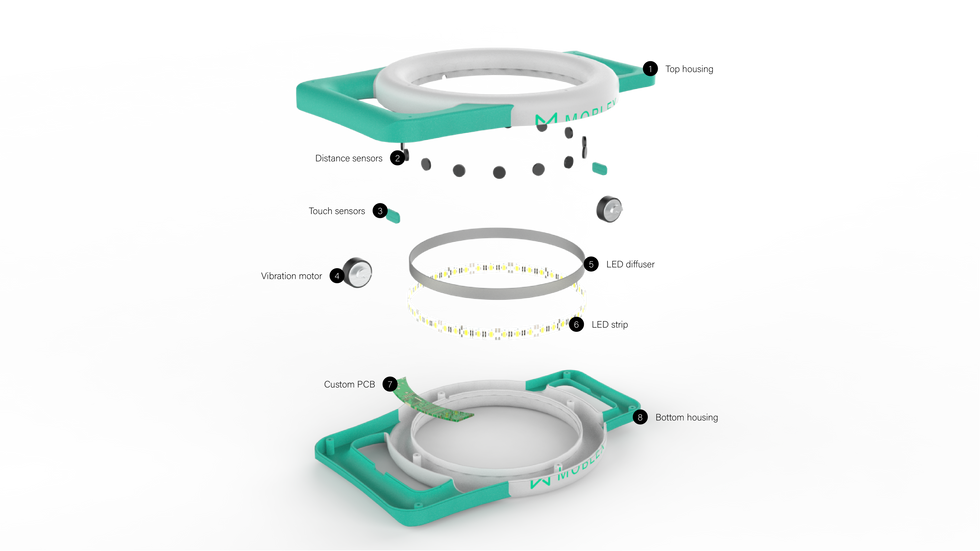intergenActiv
Team: Khoa Tran, John Looi, Henry Gomez-Borowski
Year: 2020
Keywords: loneliness, social isolation, intergenerational connection, play

The problem
In response to the Design + Health theme, develop a product and/or service that tackles the feeling of loneliness and social isolation among aged-care residents in Australia.

The solution
A set of playground equipment integrated into intergenerational programs (IPs) to bring together day-care children (3-4) and aged-care residents (65+) for intergenerational active play sessions.

The impact
intergenActiv promotes the building of healthy relationships between generations and greater empathy towards each other, contributing to children's successful early life development and mitigating health-related consequences of loneliness and social isolation among older adults living in an aged-care facility.

RESEARCH

Research report and business case
A thorough literature review was conducted to investigate the consequences of loneliness and social isolation and how intergenerational connection can help alleviate these. The team also researched into intellectual property (IP) law in Australia, which helped to develop strategies to protect our brand and product.
User persona and journey map
From research, persona and journey maps were created to capture the users and their pain points within the potential context of use.



USER GROUP



Aged-care residents
Need a way to obtain happiness, connect with younger generations, and engage in an active lifestyle.



Day-care children
Need a way to connect with older generations and engage in regular physical activity.

FEATURES
Interactive activities
intergenActiv offers a variety of interactive playful activities including Snake Maze, Simon Says, and Step-up that focus on improving physical strength, motor skills, and cognitive ability.
Playful themes
intergenActiv's appearance can be adapted to match the atmosphere of certain special events such as Halloween or Christmas.
Smart handle
The smart handle uses Arduino components to produce haptic feedback and visual cue that enrich the interactions, making the activity more intuitively engaging for the users. Also, the handle is designed to reduce stress on the holder's wrist, preventing fatigue or injury.
(The 3D model was done by Henry Gomez-Borowski)

SEQUENCE OF USE
Snake maze
The users collaboratively move the handle across the wavy rail (snake) without touching it.
Racing snake maze
A different configuration of the Snake maze activity, providing more exciting gameplay.
Simon says
The users perform a task (i.e. twist, bop, or pull) based on audio instructions.
Step-up
The users step on the lit square based on visual instructions (i.e. light).

DEVELOPMENT

PROTOTYPE
The final prototype uses Arduino components to produce haptic feedback and visual cue that enrich the interactions, making the activity more intuitively engaging for the users.
























